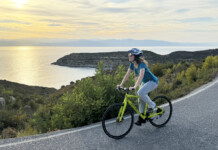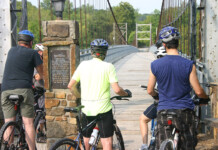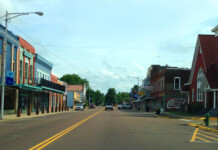By John Summerson — Let’s face it. You may not think of winter as a time for big road climbing. Snow may be on the ground and chill winds are blowing in many areas. Hitting the basement or gym for some indoor drudgery on the bike or even hanging it up entirely until the spring thaw may be more likely. However, all is not lost. There are substantial ascents within the western U.S. mainland that can be done year-round. You may have to travel depending on where you reside but it will be worth it in the end, as much for your mental state as anything else. Below are several challenging winter climbs. All are at least category 1 in difficulty and may help ensure you keep at least some of your warmer weather uphill fitness you worked so hard for. While not easy, they are all over steady and moderate grade (just in case of a bit weaker winter legs) and see little traffic most days.
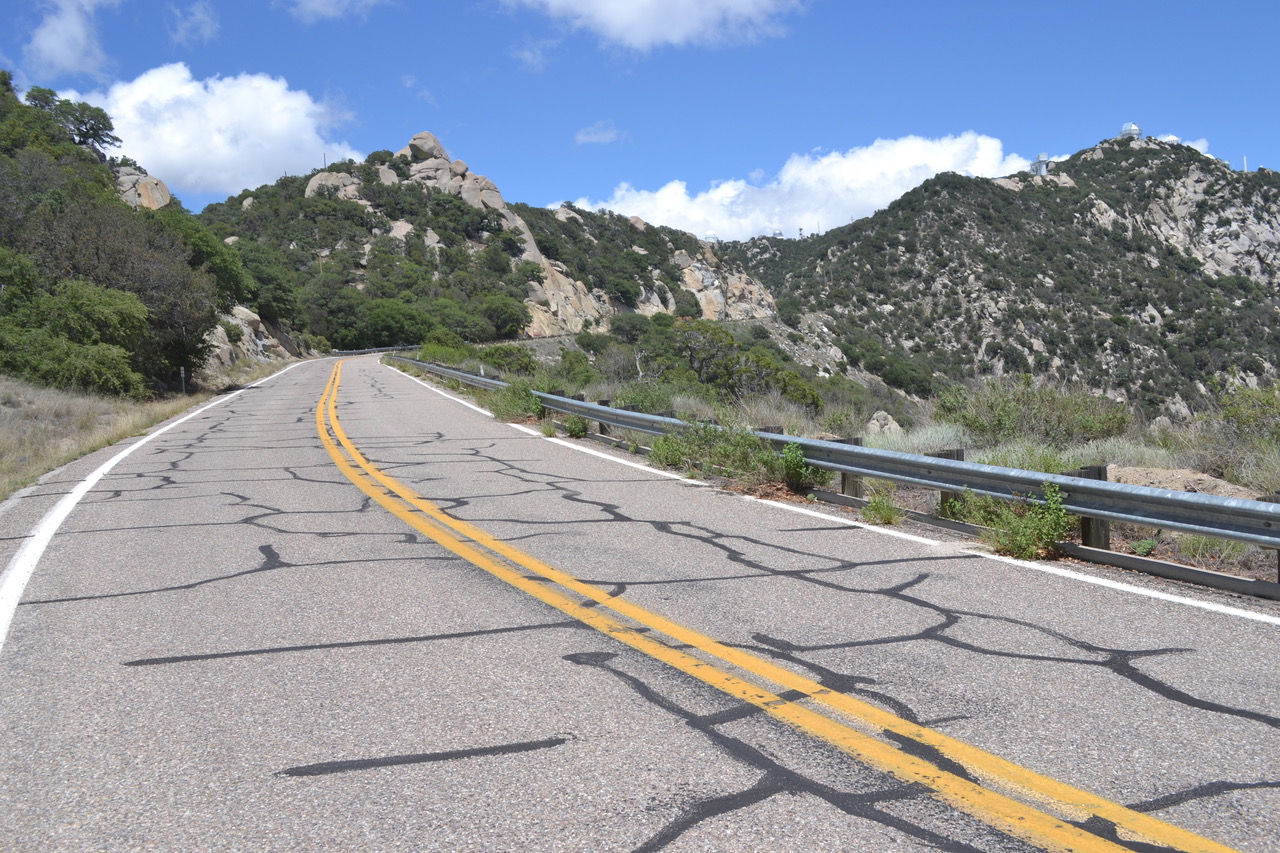
Kitt Peak, Arizona (12.4 miles at 5.5% avg grade)
Kitt Peak is a very isolated and scenic climb located deep in the Sonoran Desert west of Tucson. One of Arizona’s smaller island mountains, the hill is also one of the most interesting with a large observatory complex on top. The road is a twisty one and essentially circles the massive on the way up. A mostly steady grade allows you to admire the long views of the desert as well. At the Visitor’s Center turn right up a single lane road for a very short distance to crest at one of the many telescopes on the summit of the mountain. Take some time to explore the summit if you can.
Directions – From Tucson, AZ head west on Route 86 for approximately 35 miles. The Kitt Peak Observatory Road (Route 386) will be on your left and the climb begins at the junction.
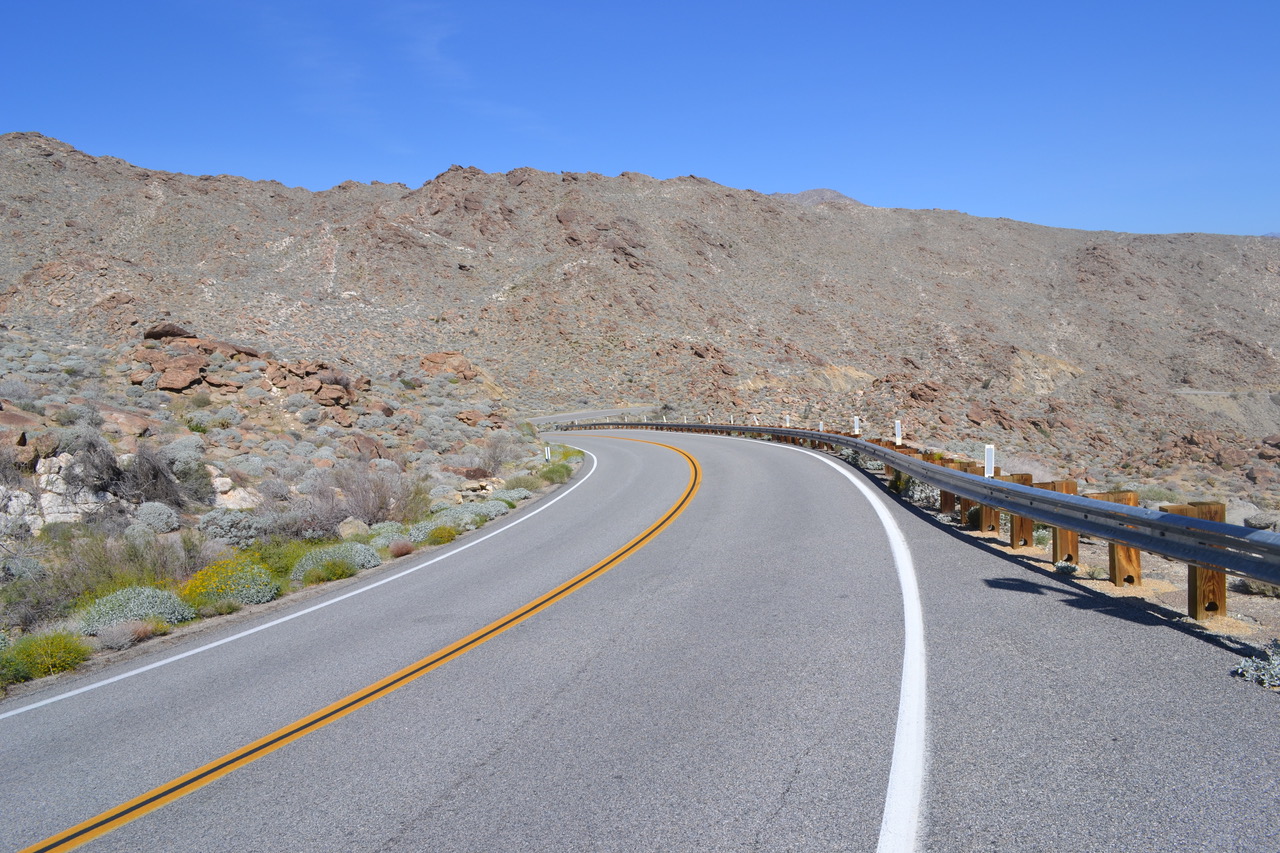
Montezuma Grade, California (10.8 miles at 6.0% avg grade)
Also known as Route S22, Montezuma Grade is a solid and scenic climb out of the low desert of Anza-Borrego Desert State Park. Soon after beginning the ascent the route gets twisty with good views. Multiple curves carry you along the ridgeline through steady and moderate grade. The traffic can be high speed in places but there is usually little of it. The climb ends at an unmarked summit as the grade flattens out on top. With its very low elevation start Montezuma Grade is a scorcher in summer but an excellent winter/spring/fall ascent.
Directions – From the town square in Borrego Springs, CA head west on S22 for 1.3 miles. Turn left here to continue on S22 and the climb begins 0.1 miles from that left turn.
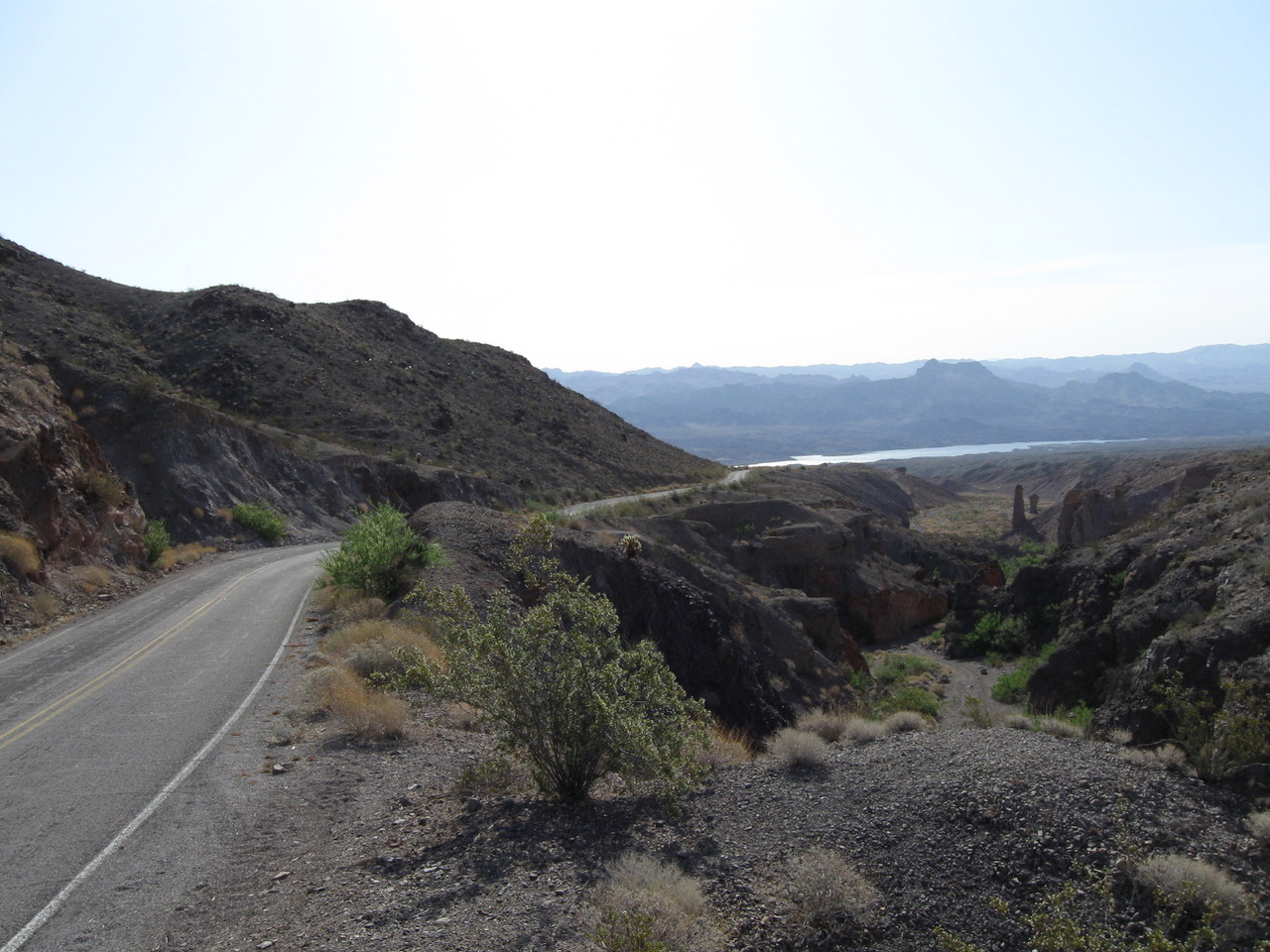
Eldorado Canyon, Nevada (8.7 miles at 6.1% avg grade)
An isolated ascent, Eldorado Canyon, located southeast of Las Vegas, rises up from the Colorado River canyon through dazzling and stark desert terrain. The first section of climbing is over moderate slope. After 0.2 miles turn left to continue to climb over more shallow grade which tends to gradually steepen. After just under 2.5 miles the road enters a canyon and you will notice hoodoos in the drainage to your left. About 1 mile further into the canyon the grade steepens for a stretch but you will never encounter steep pedaling on this hill. Soon signs of civilization appear as the canyon widens a bit and the grade decreases as you approach the small community of Nelson. As you leave town the grade increases over the final stretch up to the unmarked but obvious summit with long views.
Directions – From Interstate 11 just south of Las Vegas, NV, head south on Route 95 for about 12 miles to Route 165 (on the left). Travel 165 for ~20 miles eventually descending the climb, and turn right just before the end of the road and the Colorado River. Where the pavement ends at a dirt parking area, turn around to begin the listed climb.

